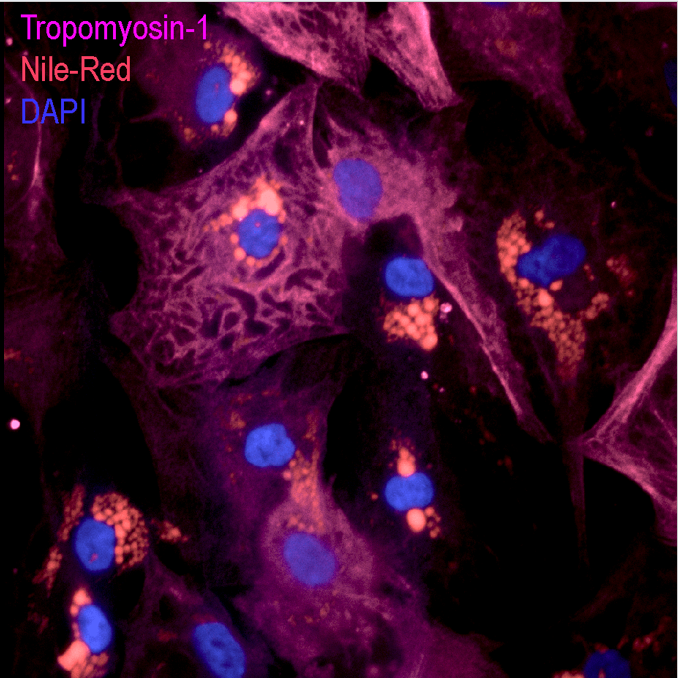
An article published by The Scientist details the benefits between soft and stiff substrates for differing stem cell applications. See Original Article.
Mesenchymal stem cells (MSCs) possess enormous potential as they can differentiate into various types of cells including bone, cartilage, muscle, and fat. Recent research suggests that the stiffness of the extracellular environment affects the fate of MSCs by regulating the expression of a gene called tropomyosin-1 (TPM1), which controls myosin contractility. The findings demonstrate how external factors direct the responses of stem cells in tissue regeneration, shedding light on the reasons behind varied reactions to mechanical stimuli.
The mechanical properties of the underlying substrate determine the type of cells that MSCs differentiate into. A stiff, less elastic substrate promotes bone formation, while a soft substrate favours fat cell development. Researchers simulate the mechanical environment in the lab by growing cells on hydrogel matrices with predefined elasticities. However, even under identical conditions, not all cells respond the same way, creating significant cell-to-cell variation.
To understand how this variation affects cell-fate decision-making, Amnon Buxboim, a mechanobiologist from Hebrew University in Jerusalem, and his team cultured MSCs derived from bone marrow on soft or stiff matrices for three days, followed by exposure to media that drove differentiation toward fat or bone. Single-cell RNA sequencing revealed nine subpopulations with different sensitivities to the mechanical environment and varying differentiation capacities. TPM1 emerged as a crucial gene that influences MSC cell-fate decision-making in response to the mechanical environment. TPM1 overexpression led to bone formation, while TPM1 knockdown allowed differentiation toward fat.
The study emphasises the importance of heterogeneous cellular responses to mechanical signalling and underscores the need to consider mechanical signals when trying to mimic physiological conditions. Jan Lammerding, a biomedical engineer at Cornell University, commended the study, saying that it identifies a key player in the process of how cells respond to the mechanical environment.
Original Article: Dengler. R (2022) How Soft or Stiff Substrates Direct Stem Cell Differentiation, The Scientist.
Figure was taken by: Buxboim Lab for Mechanobiology, The Hebrew University of Jerusalem

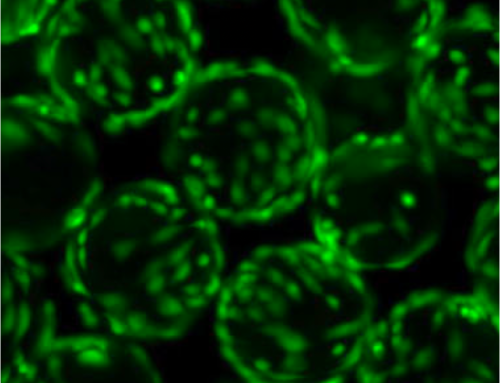
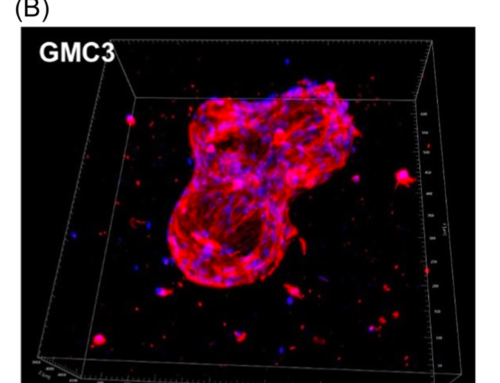
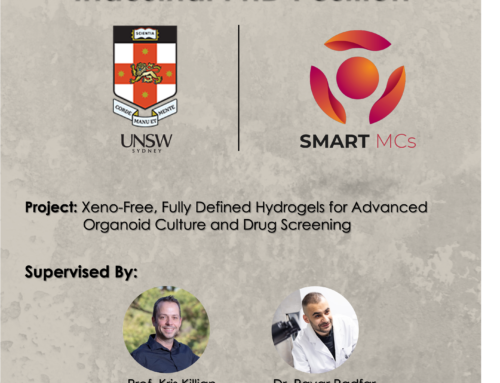
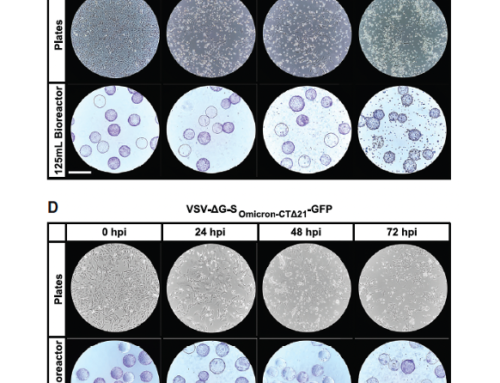

Leave A Comment